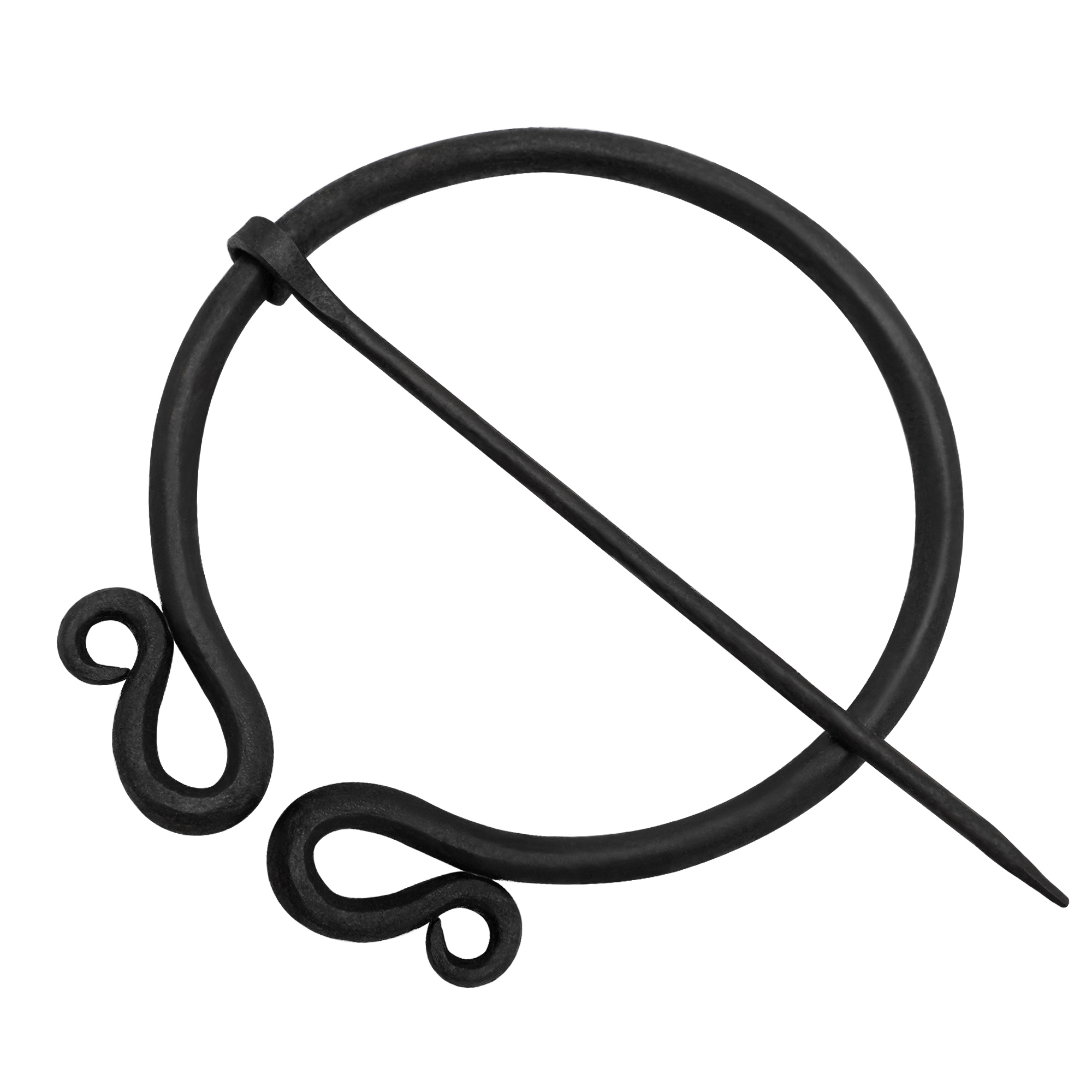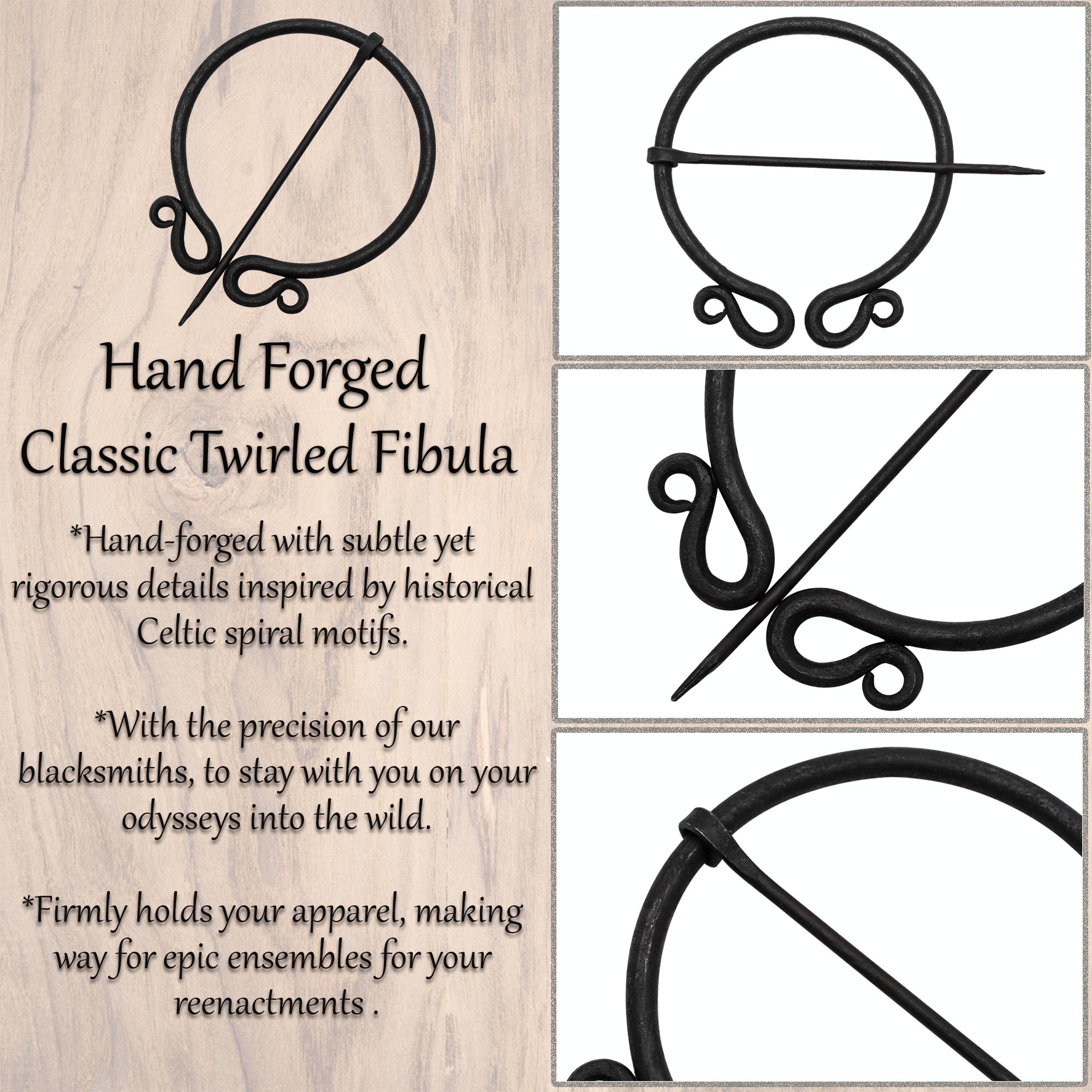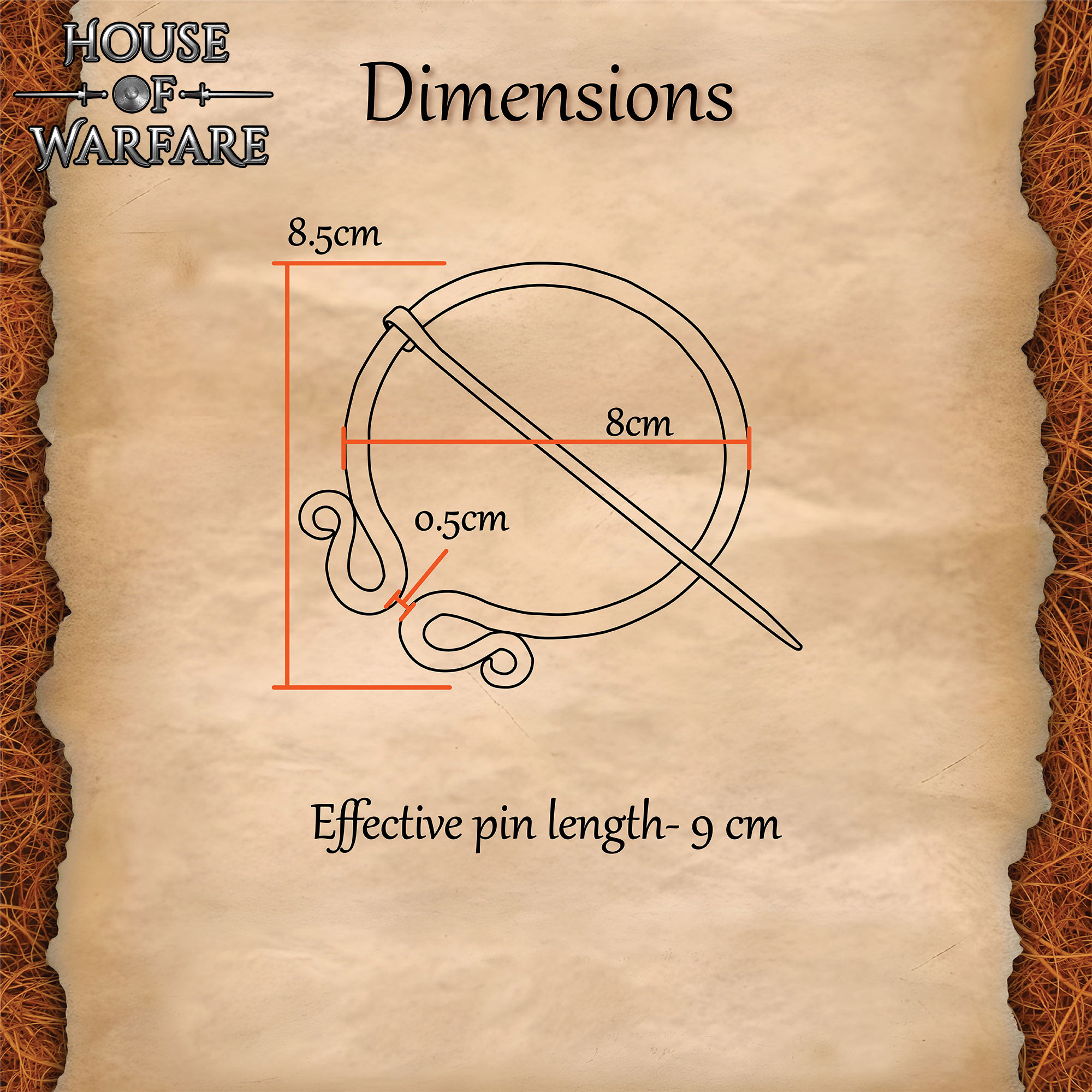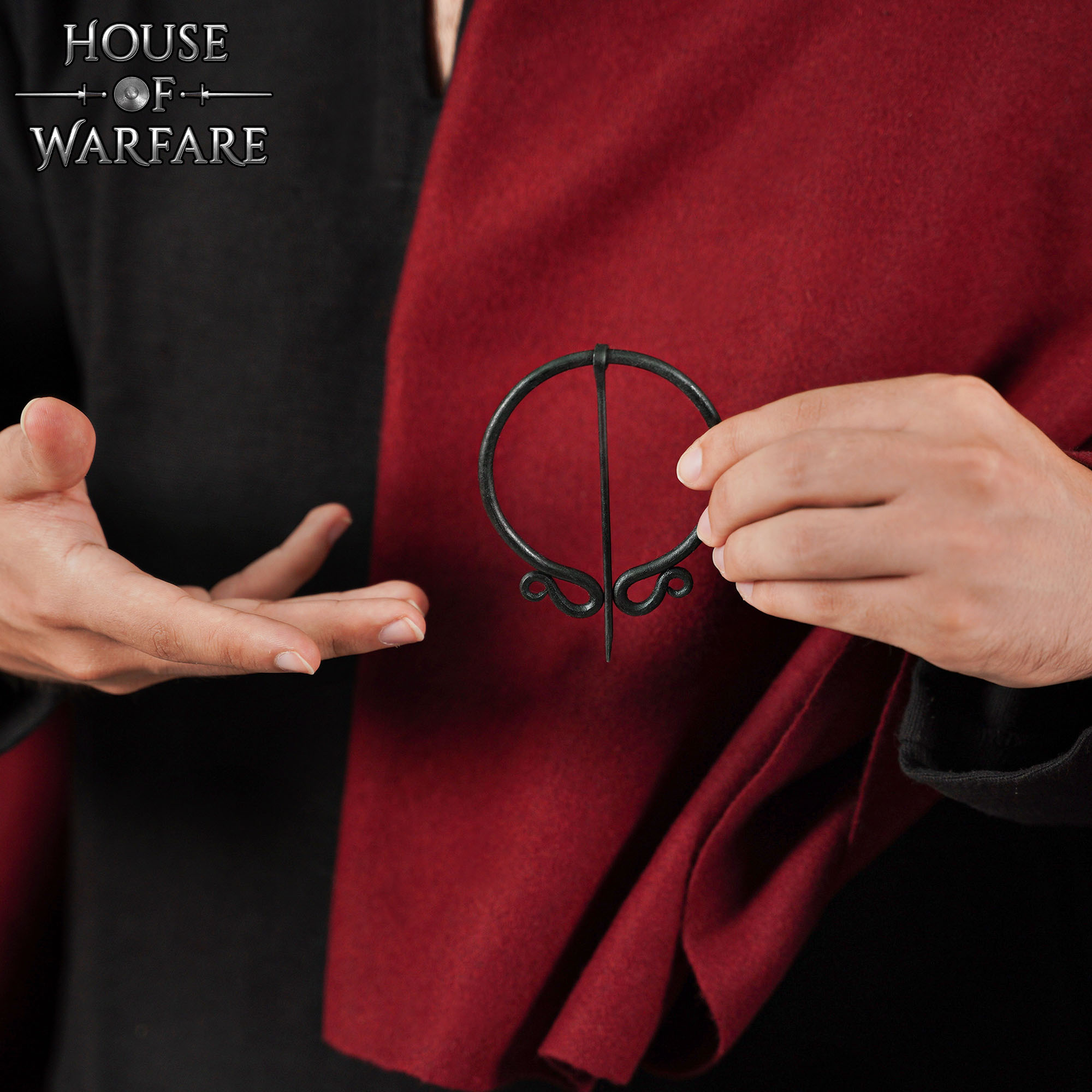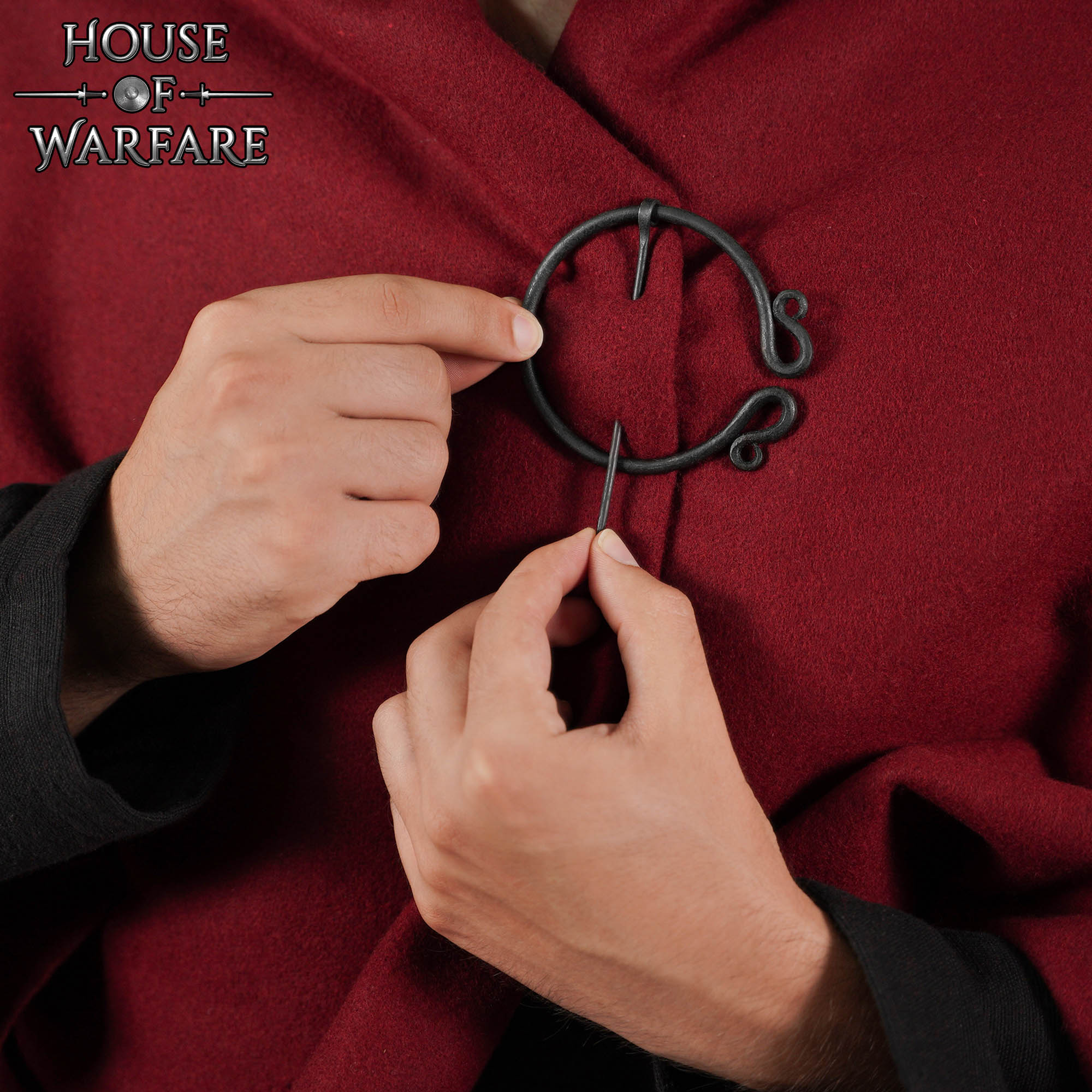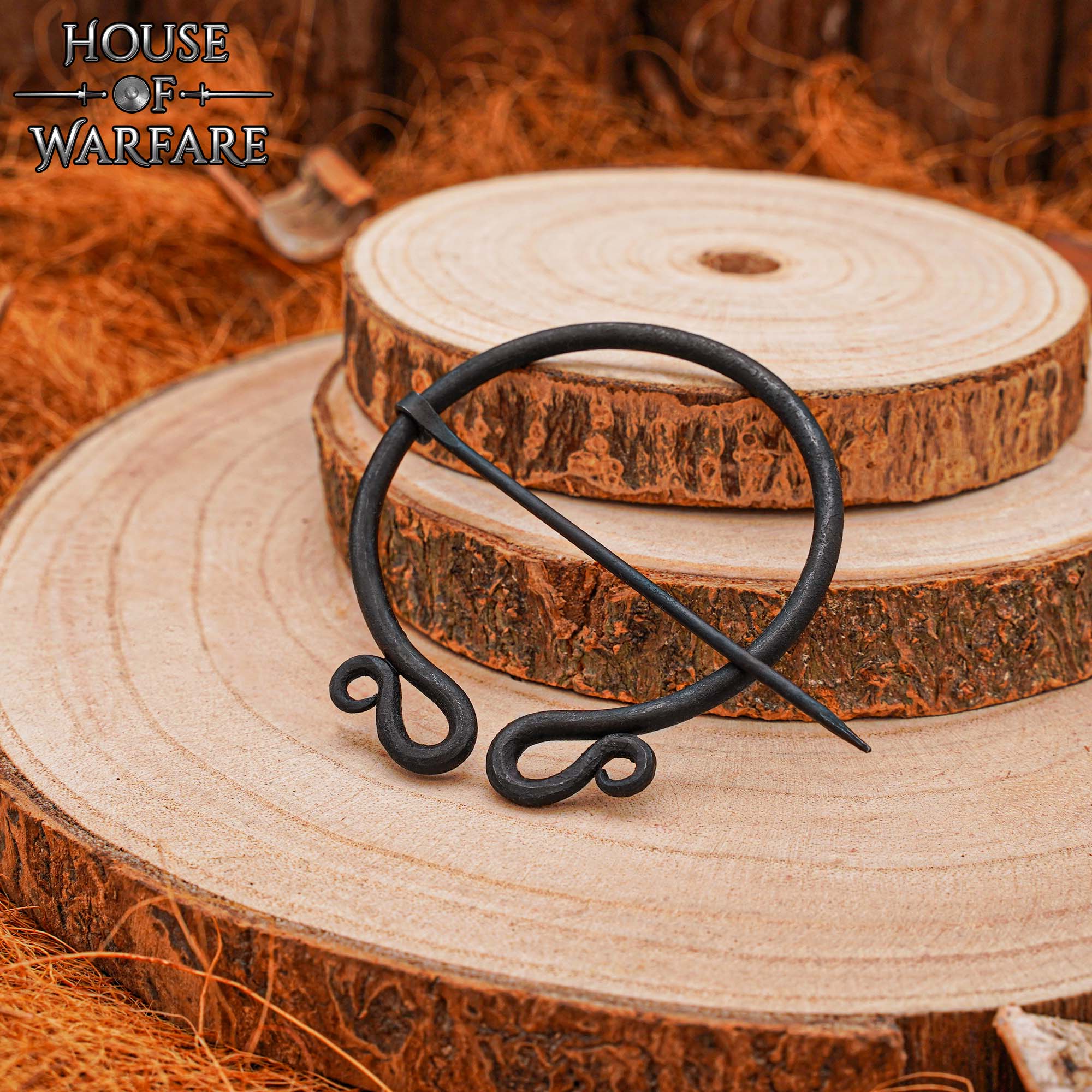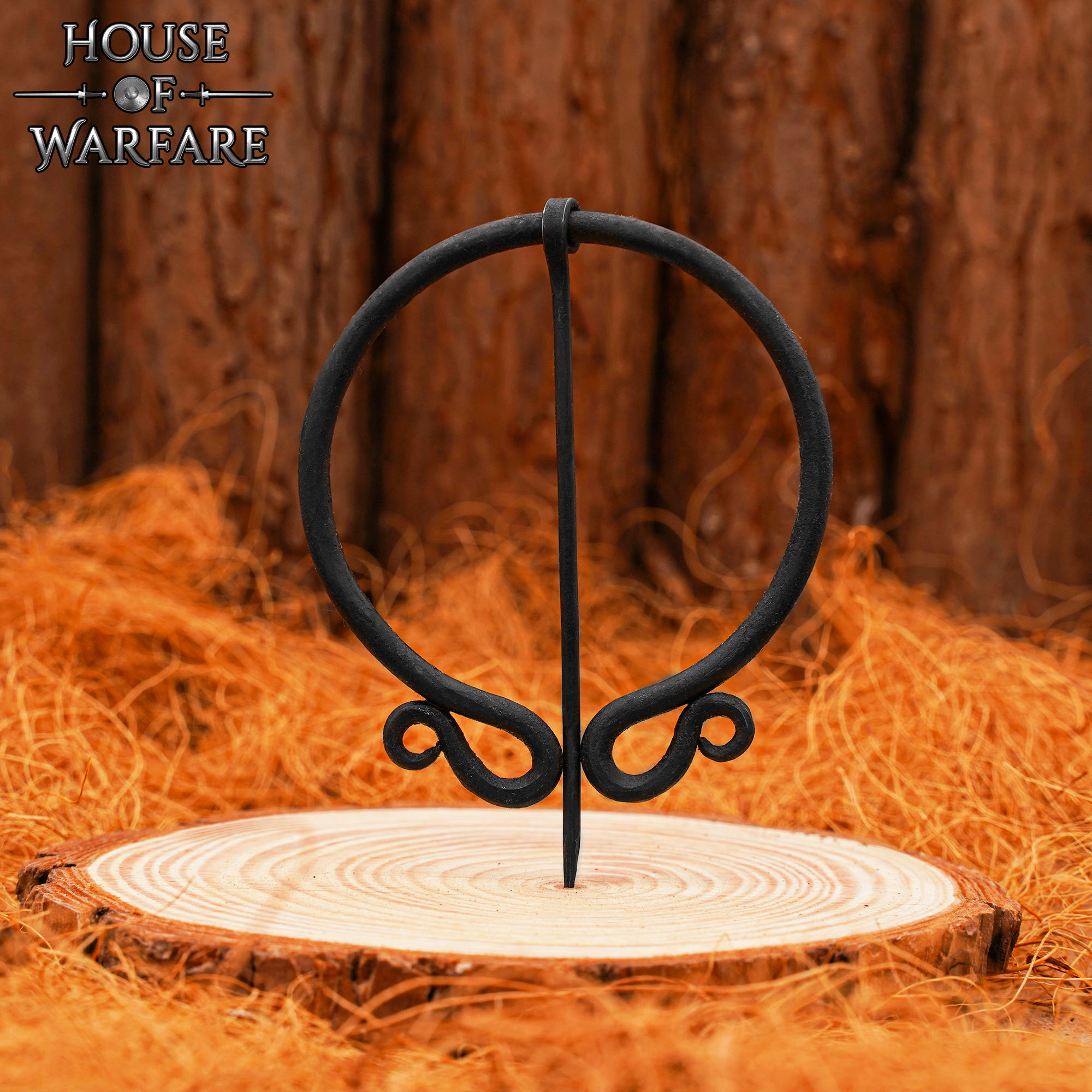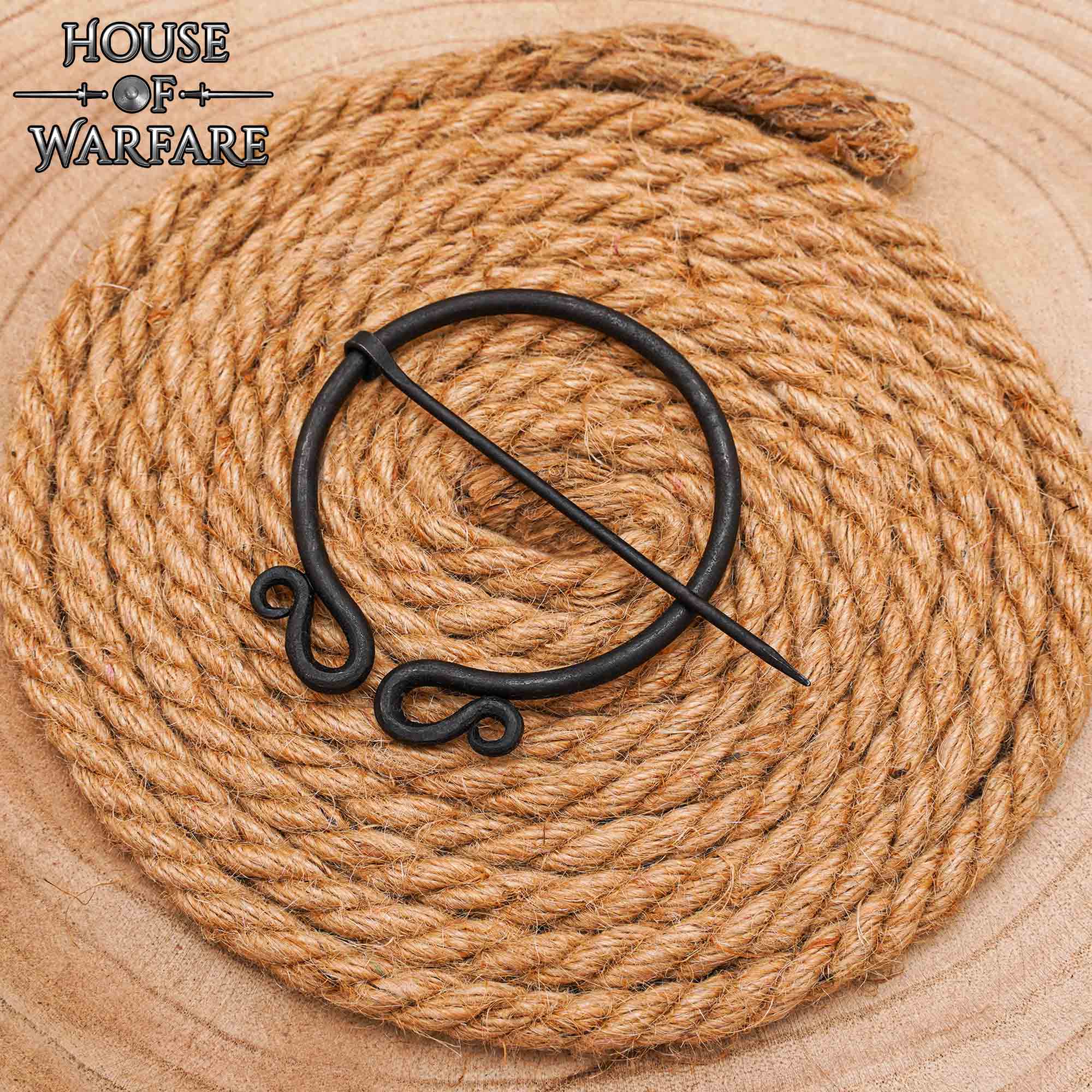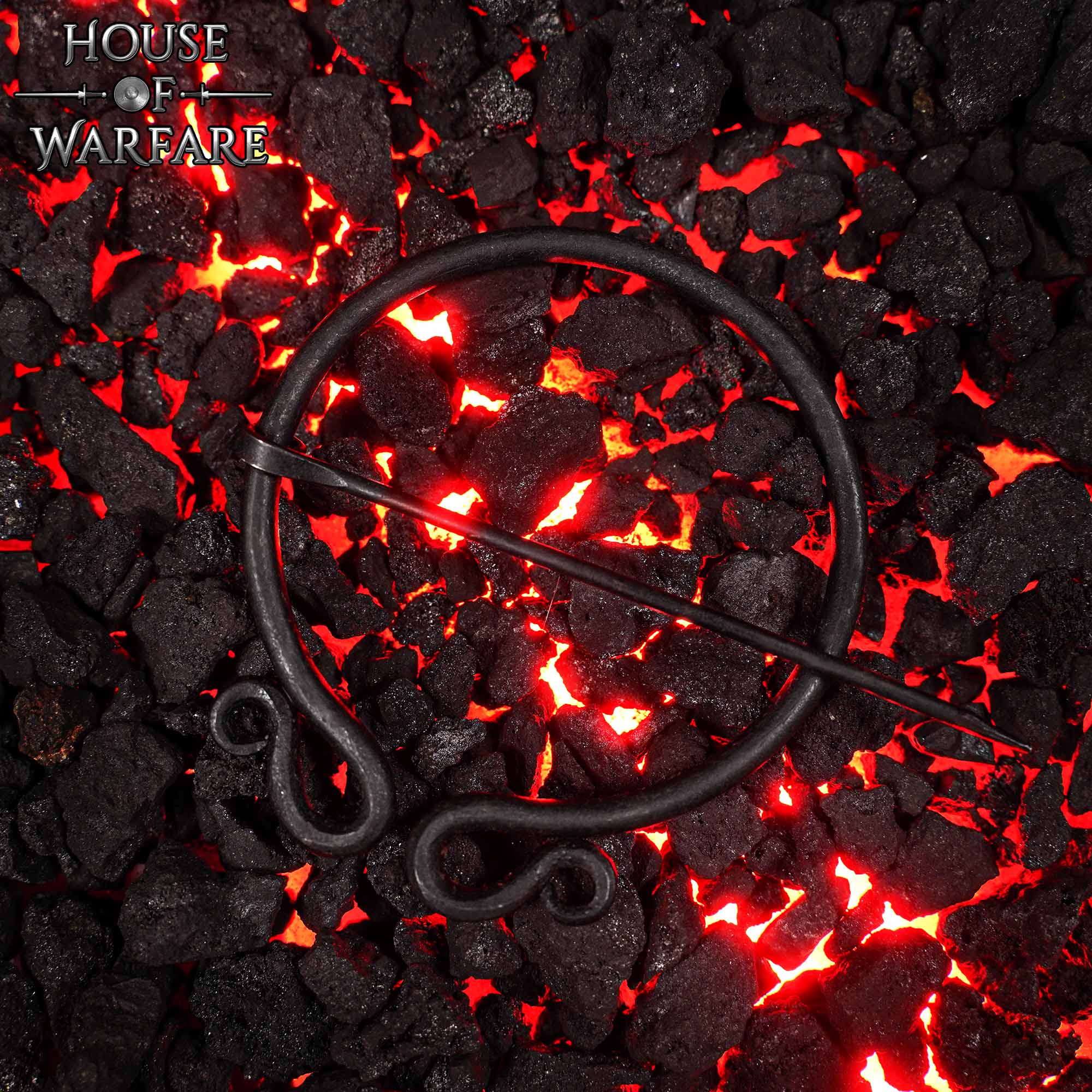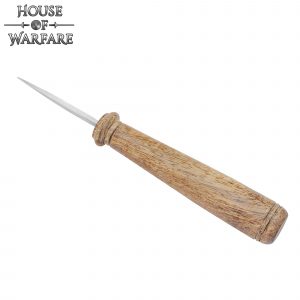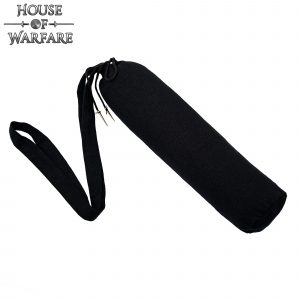The penannular brooch is an ancient type of brooch or cloak fastener with a rich history, primarily used by the Celtic and Norse cultures from around the 3rd century AD to the early medieval period. Its design consists of a circular or nearly circular ring with a gap (the “penannular” part) and a pin attached to the ring. This pin can move freely around the ring and is used to fasten garments, particularly cloaks or mantles.
Origins and Early Use
The penannular brooch is believed to have originated in the Celtic regions of Britain and Ireland around the 3rd century. Early examples were relatively simple, with functional designs made from bronze, iron, or silver. The brooch was practical for holding together heavy woolen garments, which were common in these regions.
Development and Ornamental Designs
As the brooch became more popular, its designs became more elaborate, often serving as a status symbol. By the 7th century, especially in Ireland and Scotland, these brooches evolved into highly decorative items, often made of precious metals and adorned with intricate Celtic knotwork, enamel, and sometimes gemstones. The Tara Brooch, found in Ireland and dating to the 8th century, is one of the most famous examples of a penannular brooch. It features exquisite craftsmanship and elaborate decoration, showing how these brooches had become more than functional items—they were also a symbol of wealth and power.
Norse Influence and Spread
During the Viking Age (8th–11th centuries), the design of the penannular brooch was adopted and adapted by Norse artisans. Viking brooches tended to be simpler and more functional, though some retained decorative elements. The Vikings helped spread the use of the penannular brooch throughout their territories, including modern-day Scandinavia, the British Isles, and other parts of Europe.
Decline and Legacy
By the late medieval period, the penannular brooch fell out of widespread use as clothing fashions changed, and buttons and more modern fasteners became common. However, these brooches are still celebrated for their beauty and craftsmanship. Today, they are often seen in museums or as part of traditional Celtic and Viking jewelry designs.

